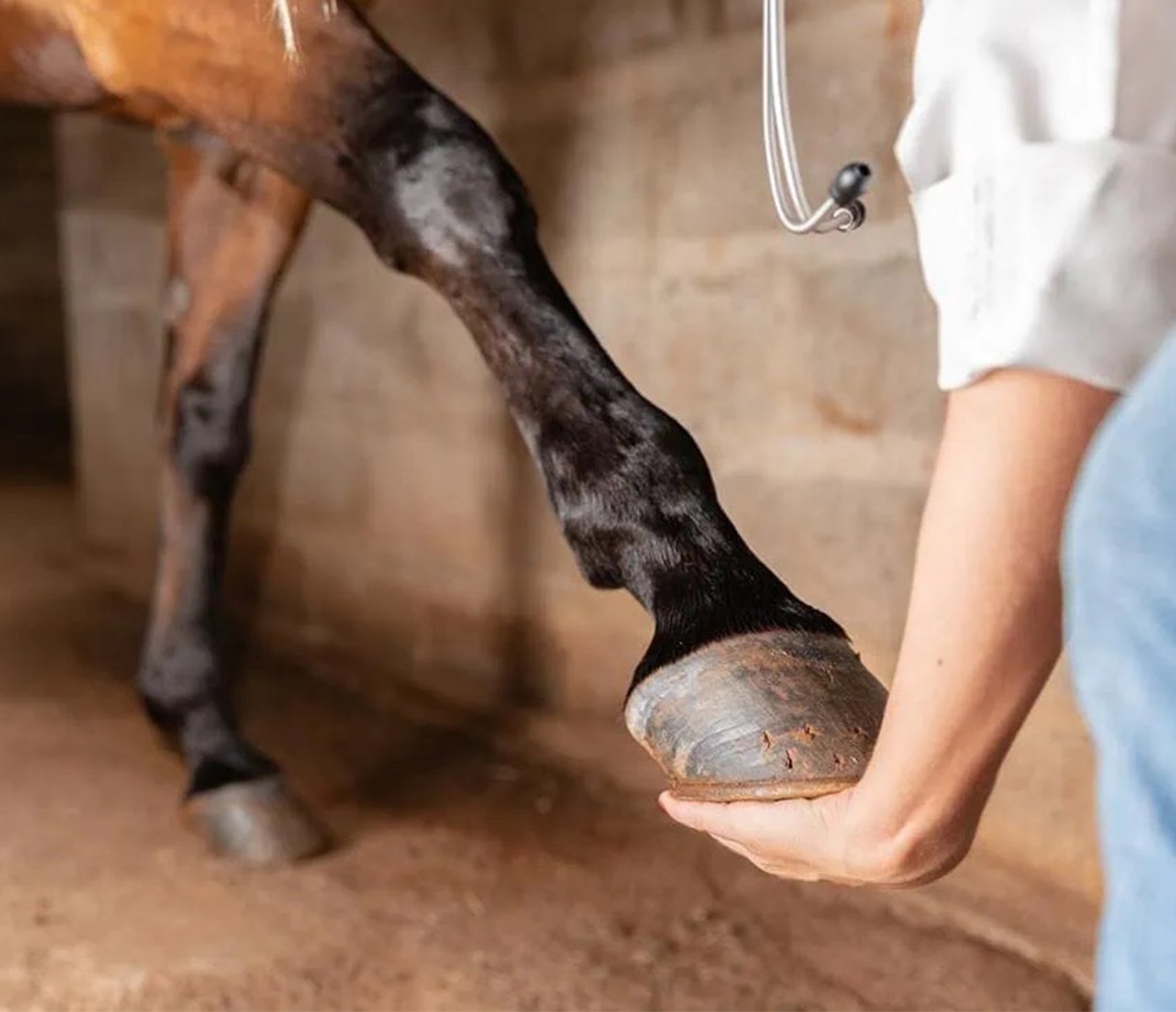Suspensory Ligament Injuries: The Equine Challenge
Suspensory ligament injuries in horses are among the most common and complex musculoskeletal problems faced by equine athletes. The suspensory ligament plays a critical role in supporting the horse’s limbs, absorbing shocks, and preventing excessive joint movement. When this ligament becomes damaged, often due to overexertion, strain, or trauma, the recovery process can be long and arduous. Traditional treatments such as rest, medication, and physical therapy have been staples of rehabilitation, but now, a new and promising solution is emerging to help suspensory ligament—CO2 cryotherapy.
The Cryotherapy Cold Front: Unveiling CO2 Power
Cryotherapy, the use of extreme cold to treat injuries and promote healing, has been gaining popularity in the veterinary world. What sets CO2 cryotherapy apart from traditional ice or ice-water baths is its precision and depth of cooling, offering targeted treatment without the need for cumbersome ice packs or prolonged exposure.
CO2 cryotherapy involves the use of liquid CO2, which is in a controlled manner to the injured area. When the CO2 is released from the cryotherapy machine, it evaporates rapidly, creating an extremely cold environment. This cooling effect triggers vasoconstriction, where blood vessels contract and reduce blood flow to the affected area, helping to minimize swelling, reduce pain, and alleviate inflammation. After a short period, the blood vessels dilate again, leading to an influx of oxygen and nutrients that promote healing and tissue repair.
Applying CO2 Cryotherapy to Suspensory Ligament Injuries
Suspensory ligament injuries cause pain, swelling, and delayed healing. CO2 cryotherapy offers a focused and effective solution. It targets the injured area, reducing swelling, alleviating pain, and promoting tissue repair at a cellular level. This treatment stimulates the body’s natural healing processes without invasive methods or medication.
To apply CO2 cryotherapy, the horse is positioned comfortably. A specialized cryotherapy machine delivers liquid CO2 to the injured site in bursts. This ensures the right amount of cold without overcooling or causing discomfort.
Treatment Process and Protocol
CO2 cryotherapy for equine suspensory ligament injuries is a straightforward and potent treatment method. Here’s how it’s typically administered:
- Horse Preparation: The horse is in a comfortable position to ensure stillness during the procedure. It’s essential for the animal’s safety and the accuracy of the treatment.
- Machine Calibration: The cryotherapy machine delivers high-pressure CO2 gas at approximately -78°C, the optimal temperature for effective thermal shock therapy without causing tissue damage.
- Application of CO2: The technician meticulously applies the CO2 to the injured area. Treatments are short but impactful, usually lasting around 10 seconds per local pain point, as indicated by the device’s precise laser targeting.
- Session Duration: The entire cryotherapy session is concise, typically not exceeding a few minutes in total, given the rapid effect of CO2 therapy.
- Frequency of Treatments: The number of sessions is tailored to the horse’s specific condition and response to therapy. While a series of treatments may be recommended over several weeks, each session is brief and to the point.
- Combination with Other Treatments: CO2 cryotherapy is often part of a comprehensive rehabilitation plan. Veterinarians might also advise rest, physical therapy, and in some cases, the use of non-steroidal anti-inflammatory drugs (NSAIDs) to complement the cryotherapy’s effects on pain and inflammation.
It’s crucial to follow the guidelines provided by the manufacturer and the recommendations of a veterinarian to ensure the safety and effectiveness of CO2 cryotherapy for horses. The treatment’s goal is to support the horse’s natural healing processes, promoting muscle relaxation, reducing inflammation, and alleviating pain swiftly.
Horsing Around with Innovation: Wrapping Up and Looking Ahead
CO2 cryotherapy represents a groundbreaking advancement in the treatment of suspensory ligament injuries in horses. Its precision, depth of cooling, and ability to accelerate healing make it an invaluable tool in equine rehabilitation. As more veterinary professionals adopt this technology, the future of equine care looks even brighter, with faster recoveries and improved outcomes for injured horses.
CO2 cryotherapy is still evolving, but its promising results offer hope for pain-free recovery in horses. As research progresses, the technique will likely become a standard treatment in veterinary practices worldwide. It could help restore soundness and performance to injured horses more efficiently than ever before.



